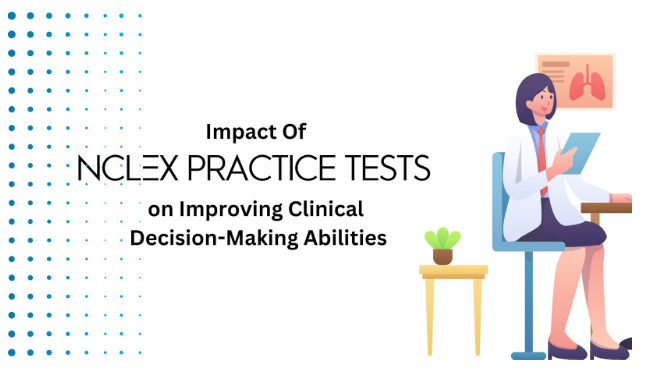Plagiarism in the Digital Age: Uncovering the Gray Area
In today’s digital age, the facility to access information has incredibly revolutionized the educational and research sectors. Along with ease, it has also opened doors to significant challenges that blur out academic integrity. The practice of plagiarism is one of those challenges. It is an unethical practice that involves turning in someone else’s work as your own. Copying someone’s idea or words with proper attribution. This undermines the integrity of academic and professional pursuits.
The immense availability of online resources has facilitated learners, students, and teachers in their learning endeavors and also triggered the notion of plagiarism. Now, students and professionals have an ample amount of material at their fingertips, which makes it imperative to identify original content from borrowed content.
This blog aims to explore the evolving nature of plagiarism in the digital era, shedding light on the gray areas that make it a complicated issue to point out.
Exploring Digital Quandary:
The digital switch has modified the way to gather information by establishing a massive amount of knowledge readily available with just a few clicks. This has empowered learners and researchers, but on the other hand, it has also created blurred lines between originality and imitation. Now it has become a challenge for students and professionals to differentiate between genuine content and recycled content.
Good news for business students! If you are also facing difficulty in dealing with business assignments, consider seeking help from Business Assignment Help UK for expert guidance.
Grey Areas of Plagiarism
We can name these digital complexities as “Grey Areas of Plagiarism” as some parts of this plagiarism phenomenon are not very clear. This complex situation in which we are drawn makes it difficult to decide what is copied and what is not. This has changed our way of thinking about what counts as doing something wrong in academics. The idea of plagiarism highlights the notion of reexamining how to give credit and protect ideas in today’s educational and professional world. Let’s explore these uncertain situations and understand the minor details that make it tricky to spot and judge plagiarism in the digital age.
Copying Content without Attribution:
The most common gray area is the practice of paraphrasing. On one hand, it facilitates learners in having a better understanding and reinterpretation of their own words. However, on the other hand, it is unethical to copy the content without acknowledging the authentic source. This happens mostly in cases of unintentional plagiarism.
Sharing Common Knowledge:
There is information and facts that are considered as common knowledge and do not require citation. However, there is a fine line that differentiates between common knowledge and specialized information. In today’s digital world, identifying what falls into the respective category is tricky.
Collaborative Tasks:
Working collaboratively is another barrier in educational and professional settings. It is important to attribute contributions individually, which is a challenging task. However, establishing clear guidelines for acknowledging every participant individually can help.
Self-Plagiarism:
Now it is easier for individuals to inadvertently duplicate their work that is published on different platforms. This is because of the proliferation of online resources. This self-plagiarism throws light on ethical concerns, especially when it comes to academic integrity.
Plagiarism Detection Tools:
There are many automated tools available on the internet that are invaluable for maintaining academic integrity, but sometimes they even mark original content as plagiarized content. This enlightens the requirement for a nuanced approach to evaluating results generated from such tools.
Plagiarism: A Curse on Educational and Research Sectors
Whether plagiarism is intentional or unintentional, it is surrounded by severe consequences. In the educational sector, it results in failing grades, suspension, or even termination. Likewise, in professional settings, it can damage an employee’s image, lead to legal repercussions, and result in job loss. Moreover, plagiarism has diminished the very essence of education and research by damaging creativity, uniqueness, and the advancement of knowledge.
In this digital age, when information flows freely and instantly, the exclusion of plagiarism has become almost impossible. This unethical practice destroys the importance of academic integrity and also damages the progress and credibility of scholarly pursuits.
When feeling burdened due to tight deadlines, students often turn to assignmentwritingservice.co.uk to avail timely assistance and ensure high-quality submissions.
How to Handle Plagiarism in this Digital Age:
Striving against plagiarism has become imperative for educators, content creators, and professionals across various fields. This blog unfolds effective strategies to address this challenge:
Educating and Spreading Awareness:
Institutions and organizations should give priority to educating their professionals and students about plagiarism and its drawbacks. Moreover, they should guide individuals on how to cite sources properly. This includes providing clear instructions on paraphrasing, citing common knowledge, and collaborating effectively.
Foster Citation Practice:
To help individuals appropriately attribute sources, encourage the use of proper citation styles and provide resources. Also, make sure to highlight the importance of citation through research and verification of facts.
Careful usage of Plagiarism detection tools:
Detection tools are a great help if used wisely. Encourage the use of automated tools in conjunction with human oversight. Meanwhile, trained professionals can easily identify the context and intention, reducing false positives and ensuring fair assessment.
Focusing on Critical Thinking:
Foster innovative and unique thoughts and originality in assignments and projects. Creating an environment where students and professionals feel free to express their unique thoughts and perspectives.
Wrapping it up,
The notion of plagiarism in this digital age is a multifaceted problem that needs careful consideration. The gray areas surrounding this unethical practice make it challenging for educators, organizations, and institutions to adopt a nuanced approach. Now it has become crucial to understand the mechanics of plagiarism and develop comprehensive strategies for prevention and education. However, we can discourage this practice by fostering a culture where academic integrity, promoting critical thinking, and providing automated tools and education are given importance. We should all work towards mitigating plagiarism in this digital age and upholding the integrity of education and research.





